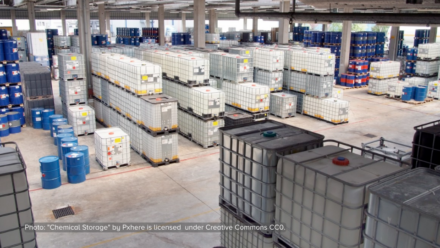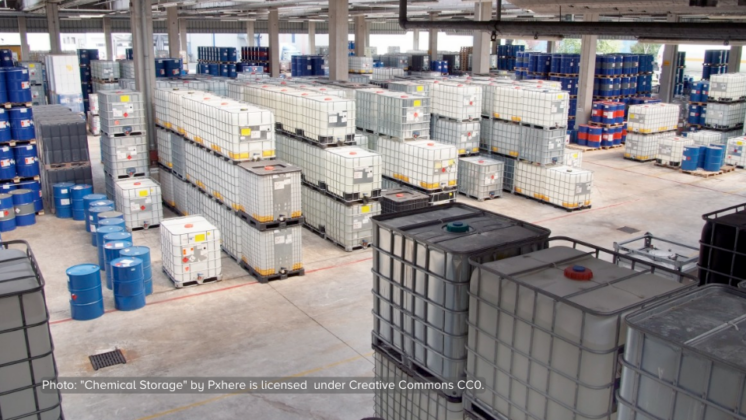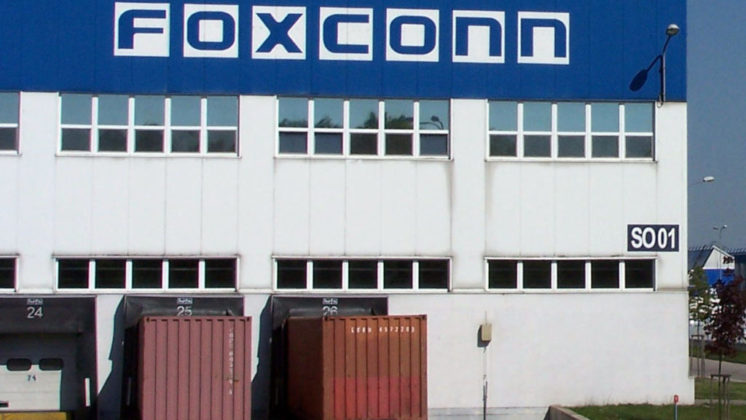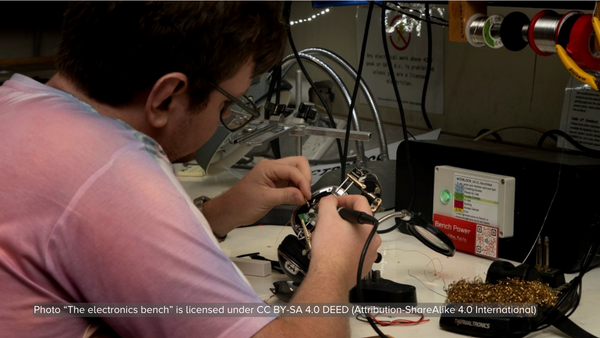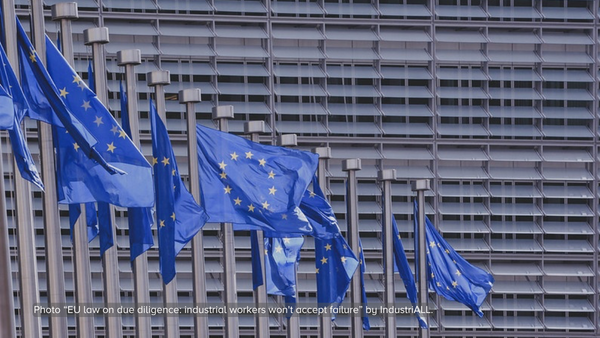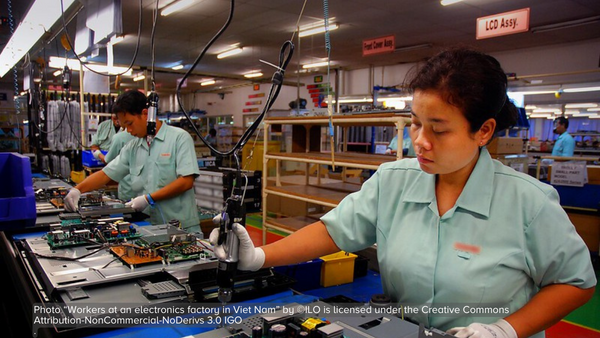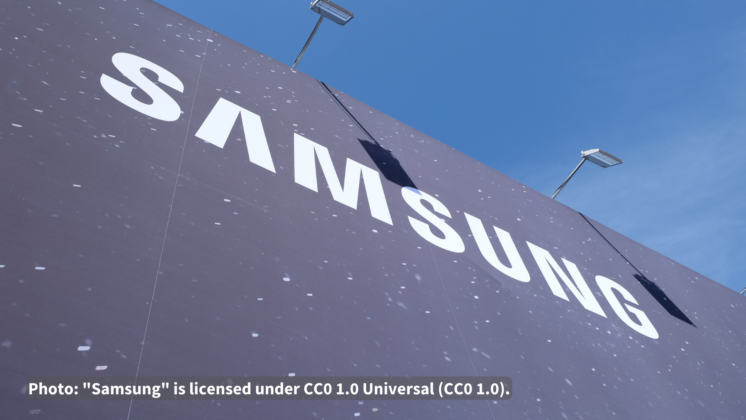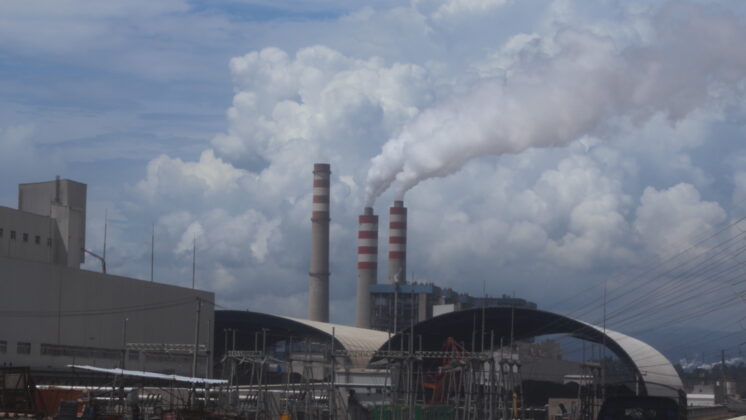Amsterdam, 20 May 2008, The Greenpeace scientific report “Playing Dirty”, released today, reveals that the world’s most popular game consoles, Nintendo Wii, Sony PlayStation 3 Elite (PS3) and Microsoft Xbox 360, tested positive for hazardous chemicals and materials such as polyvinyl chloride (PVC), phthalates, beryllium and bromine indicative of brominated flame retardants (BFRs).
With some differences in the amount of hazardous chemicals and materials, all three manufacturers failed the green electronics test set by Greenpeace. The report reveals, for both the Xbox 360 and PS3, some materials contained very high levels of phthalates that are not permitted in components of toys or childcare articles sold in the EU.
One of the phthalates, DEHP, is known to interfere with sexual development in mammals – including humans - especially in males. The other phthalate, DiNP, found only in Xbox 360, is prohibited from use in toys and childcare articles if children can place them in their mouth .
“Whether game consoles are classified as toys or not, they can still contain hazardous chemicals and materials that could harm humans. The technology is available for the manufacturers to design out toxics and produce greener game consoles now,” said Dr. Kevin Brigden, Greenpeace Science Unit.
All game consoles tested positive for various hazardous chemicals; for example, high levels of bromine were found in the components of all three, with the highest by weight levels of 13.8% and 12.5% in the PS3 and the Wii respectively. But the tests also show that each of the manufacturers has avoided or reduced uses of individual hazardous substances in certain materials within their consoles. In the Nintendo Wii, beryllium alloys were not identified in electrical contacts, and the use of PVC and phthalates was found to be limited. At the same time, the PS3 included examples of “bromine - free” circuit boards, and the Xbox 360 had lower usage of brominated materials within housing materials.
“Our test clearly shows that a greener game console is possible; manufacturers just need to look “inside the box” of the competition to see which of their own dirty components can be replaced with toxic free materials.” said Casey Harrell, Greenpeace International Toxics Campaigner.
The game consoles market is one of the fastest growing in consumer electronics with over 60 million sold and 14 percent growth last year (3). They not only contain hazardous chemicals but also contribute to the fastest growing type of waste – ewaste. Discarded game consoles are often dumped and end up in unsafe and dirty recycling yards in developing countries, harming the environment and the health of workers.

